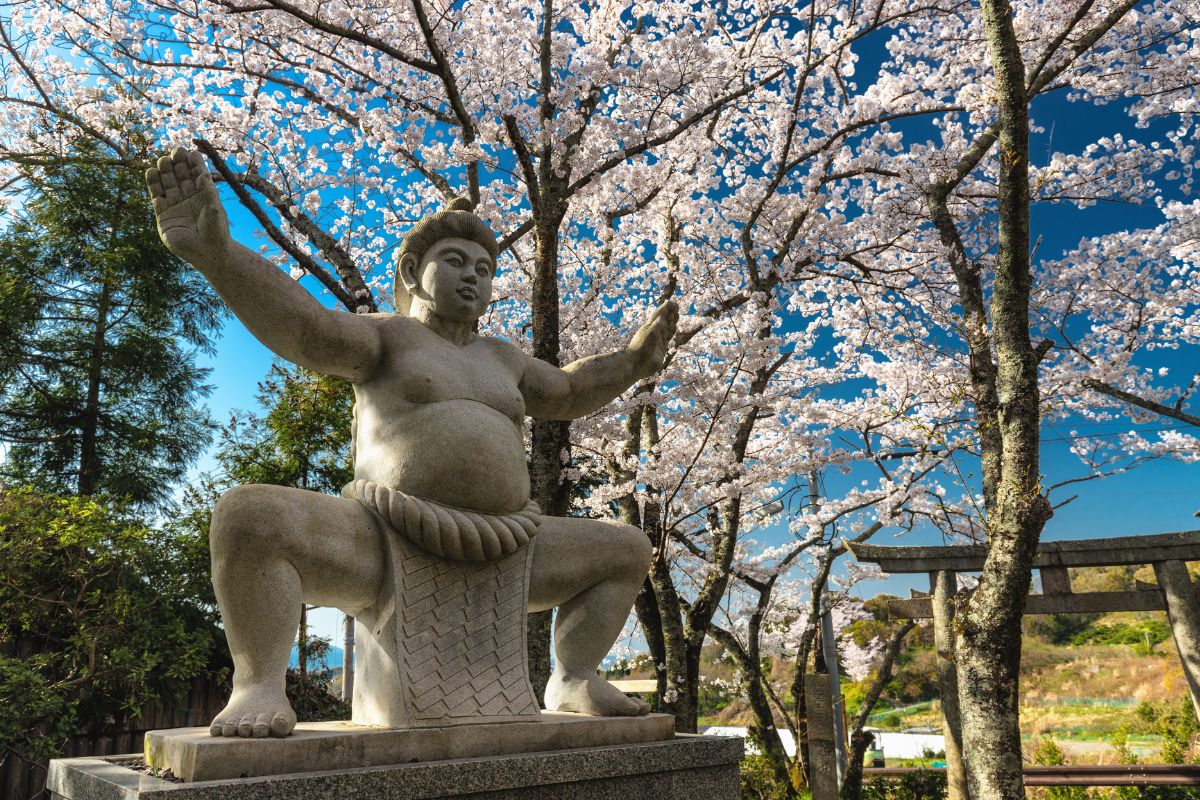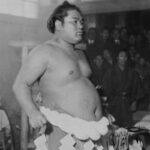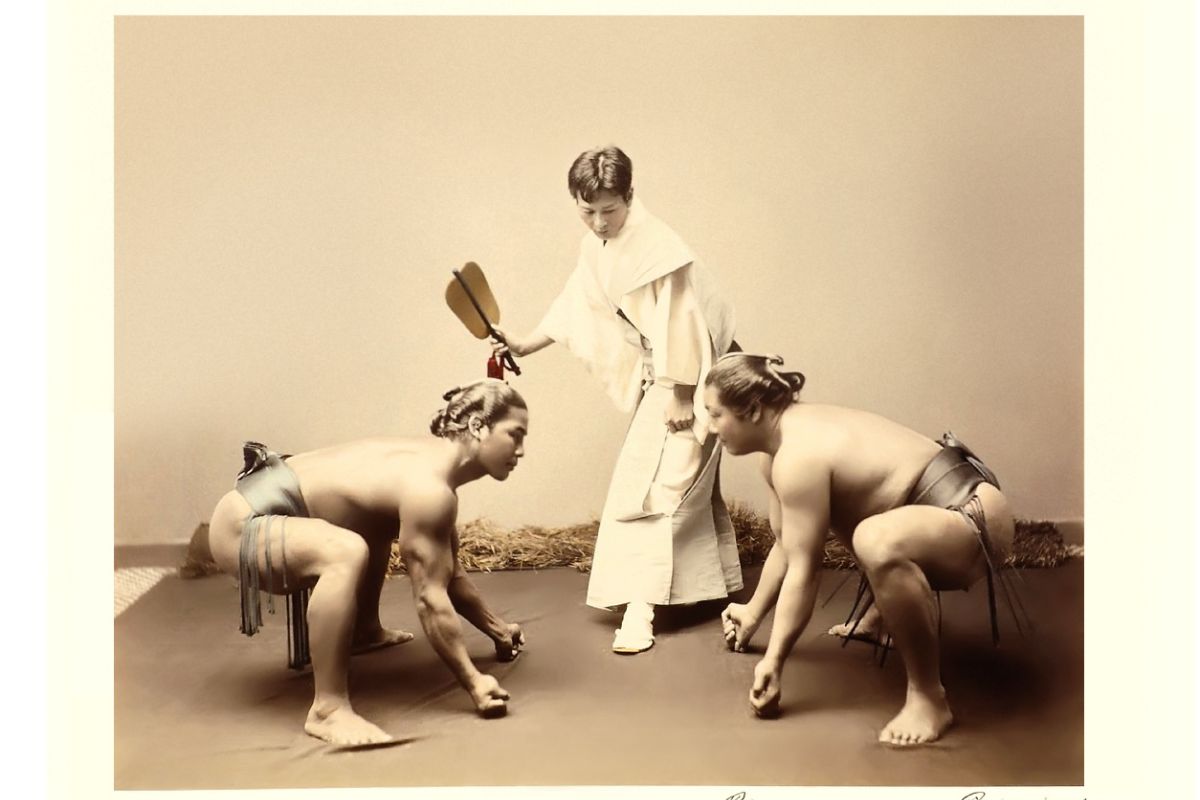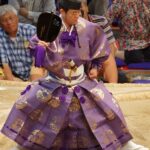Different rituals mark a sumo wrestling match including what the sumo wrestlers wear and also what they do. One of those rituals is to throw salt and this is to purify both the ring and the wrestlers themselves.
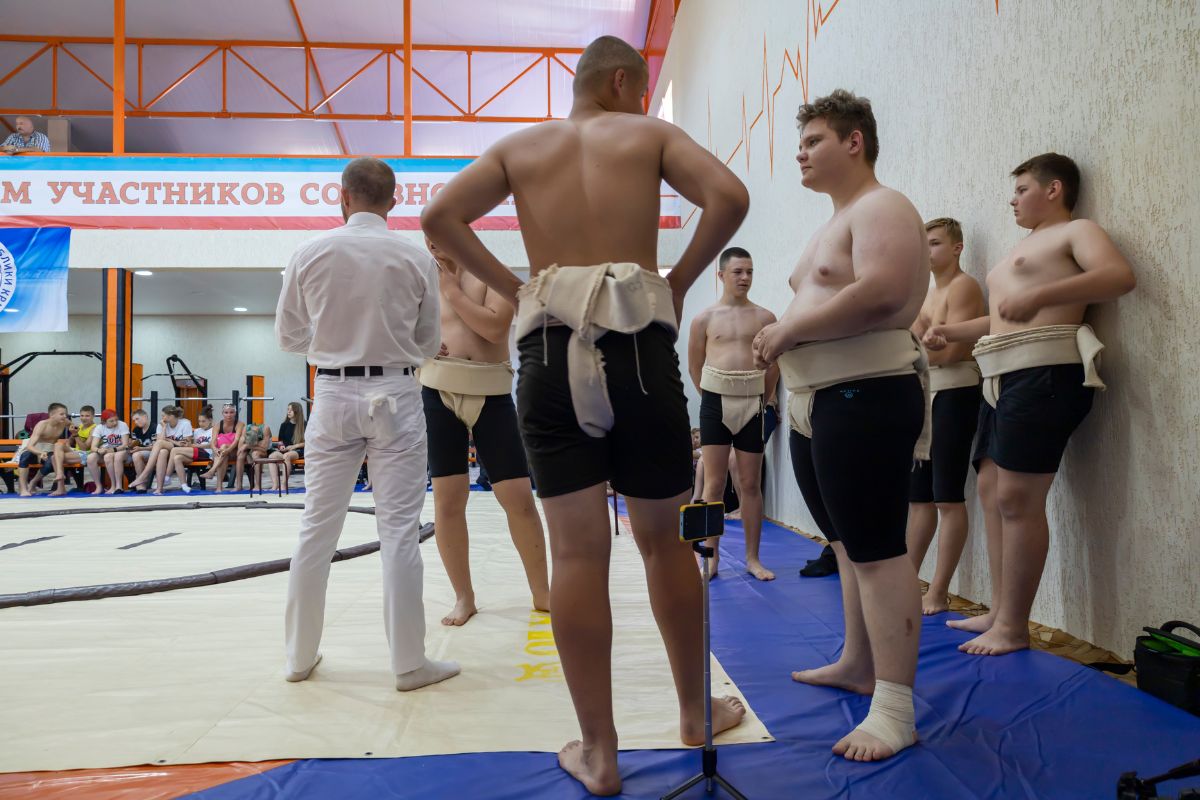
Salt is believed to contain magical properties which makes the throwing of salt more important. The throwing of salt is just one of several rituals performed by sumo wrestlers that have stood the test of time.
In this guide, we will detail why do sumo wrestlers throw salt. We will look at the reasons behind it, the history of throwing salt, and salt for purification.
The Reasons Why Salt Is Thrown By Sumo Wrestlers
The overriding reason why sumo wrestlers throw salt before a bout is an effort to cleanse impurities. The custom started as a ritual that was designed to cleanse the dohyo (another term for the sump wrestling ring), a sacred place to sumo wrestlers.
Throwing the salt also signifies that the wrestlers are at the very mercy of the strange and mystical powers of the divine.
As well as cleansing impurities in a ritual sense, the salt performs a practical role too. Sumo wrestlers typically get sweaty hands and the salt on the ring will help reduce any excess moisture.
With dry hands, it is easier for a sumo wrestler to grab hold of an opponent, either by their skin or mawashi. The salt can help dry the ring and the antibacterial properties can also help disinfect the ring and help remove bacteria from the wrestlers’ hands.
The History Of Throwing Salt
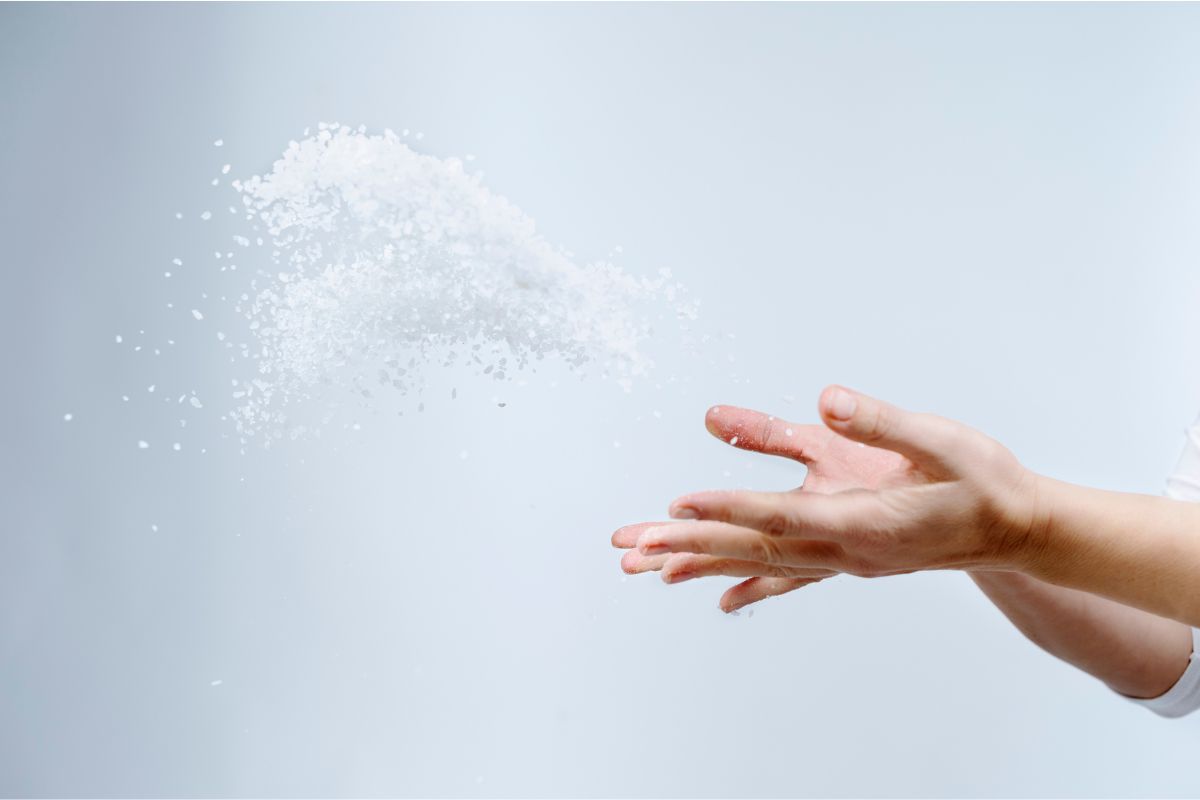
The background of throwing salt dates back to the origin of sumo wrestling itself. There is even a reference to wrestling in the Kojiki which is the book containing the original written records of crucial Japanese legends and myths.
In the book, two deities were said to wrestle to decide who would rule the country. Shrines then held wrestling exhibitions in an effort to re-enact the story and, across centuries, sumo wrestling has evolved with Shinto.
Sumo is known as the oldest organized sport and started out as a ritual during Shinto ceremonies to entertain the gods. The sport, in its current format, was developed during the Edo Period and has kept many of those Shinto practices.
As well as salt throwing, the sumo wrestlers are called out to the ring by their names as sung by the announcer. The sumo wrestlers themselves also drink some special water designed to improve their strength.
While the sumo wrestlers throwing salt is one ritual, the referee will be dressed as a samurai and enter the ring then present banners revealing the prize money at stake in the contest.
Once beckoned, the sumo wrestlers will throw their salt and they will also go down into the renowned starting position of the sumo squat. As they bend their knees, they will stretch out their arms to reveal that they are not holding any weapons.
Another ritual to prevail is how the sumo wrestlers clap their hands in order to gain the attention of the gods to watch their performance. You may see wrestlers stomping their feet too which is performed to chase away any evil spirits from the dohyo.
Salt For Purification
The substance of salt is highly regarded in Japanese culture and it is believed to contain some magical, purifying powers. Even restaurant owners leave out small piles of salt at the entrance to attract the noblest of clientele.
In Shinto, it is believed that the salt is there to purify, and, outside of sumo wrestling, it is left outside houses in tiny piles, known as mori shio, to purify visitors going into the house.
As visitors passed the salt as they entered the home, it was believed that they would be purified of any evil spirits. Salt is also left outside the house to purify anyone that has just attended a funeral.
In this case, the salt was picked up and then scattered all over the body for purification.
Throwing the salt was a Shinto purification ritual that is still carried out to this day. There is also a general term for ritual purification when it occurs in Shinto which is known as harae when it is performed to ward off bad luck.
Final Thoughts
Salt is not just used in sumo wrestling but other purification ceremonies in Japan too. That includes the Oharae which is designed to remove the sins from a large population, as well as evil spirits.
The Oharae ceremony is typically performed in shrines at the Imperial Homestead at the end of June and also December. While salt is used to ward away evil spirits, this ceremony can also be performed following a disaster.
Frequently Asked Questions
Which Other Cultures Use Salt As A Purification Agent?
It is not just the Japanese that use salt, even though it has been featured in Shinto culture for many years.
Roman Catholics combined salt and water when preparing holy water while Native Indians would use salt to ward away evil spirits, similar to how the Japanese use it.
Priests also regard salt as pure and righteous so take a bath with salt to prepare for ceremonies while ritual objects can be left in salty water to purify them too.
It is strongly believed that salt has magical power and is meant to protect people from psychic attacks.
Why Do The Japanese Regard Salt As Important In Their Culture?
The Japanese treat salt as sacred as it is believed to be a preserver of purity as well as acting as a cleanser. There is a purification ritual close to a baptism called misogi where salt is used to drive away any evil spirits.
During childbirth, a woman should purify themselves and the space around them by scattering salt and bathing in saltwater.
- 16 Best Websites To Watch Japanese Movies With English Subtitles - May 11, 2023
- Is ZIPAIR The Best Airline For Traveling To Japan? - May 11, 2023
- Ryu Murakami Vs Haruki Murakami – Which One Should You Read? - May 11, 2023

